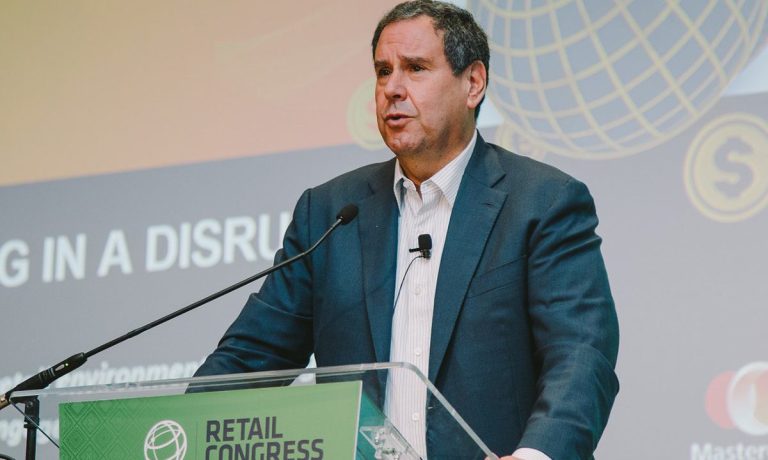After a week in which Walmart and Target posted strong quarterly results on the back of both in-store and eCommerce sales, it’s as clear as ever that omnichannel is the way of the retail future — and those that don’t embrace it risk falling behind.
In a conversation with PYMNTS’ Karen Webster, Steve Sadove, former CEO of Saks and senior adviser at Mastercard, said he’s optimistic that retailers will be able to adapt and meet changing consumer preferences.
According to Mastercard SpendingPulse, online shopping penetration went from 12 percent to 18 percent, which still leaves 82 percent penetration for physical retail.
“When you look at the numbers from Kohl’s, Macy’s, Target, people are back in the stores, and they want the experience of the physical presence,” Sadove said.
The retailers that have been most successful in the past several months as the pandemic wanes are those that have a robust presence both in stores and online, he said. It’s why direct-to-consumer (D2C) brands such as Warby Parker have placed new focus on storefronts — as has Amazon, which reportedly is mulling plans to open multi-functional department store-style locations.
“They’re finding that marrying the two [channels] gets a much bigger impact in terms of the experience,” Sadove said.
Advertisement: Scroll to Continue
Read more: Amazon Hatching Strategy To Open Mega Brick-And-Mortar Stores
According to PYMNTS research, 59 percent of consumers still prefer to pay for products and receive them in stores, although this is 10 percent lower than it was prior to the pandemic. The share of online native shoppers has grown by 17 percent, while the share of online or mobile cross-channel shoppers has increased 28 percent.
However, even as traffic to department stores and other physical retail establishments rebounds, it’s returning to 2019 levels, which Webster pointed out “were really not that great.”
To fix that, Sadove said retailers must focus on the consumer experience to ensure that customers keep coming back.
“You can get anybody to try something once, but if it’s not a good thing, then they don’t repeat it,” he noted.
As retailers adapt, digital-first merchants “come at it from an understanding of data,” Sadove said, while traditional retailers with brick-and-mortar roots “come at it from a merchant point of view. They come at it from products, as they were product pickers.”
Even so, it always comes back to the consumer experience, he said.
“The real trick for the department stores right now, while they have customers coming into the stores, is to provide an experience to make the customer say, ‘Wow, this is something that I want to keep coming back to,’” Sadove said.
A New Model
Sadove pointed to the amount of innovation happening between retailers and the partnerships they enter, such as Target opening shop-in-shops with Ulta or Macy’s collaborating with Toys R Us, as a potential direction that retailers may be moving. In European retail, 60 percent of department stores don’t own inventory, choosing instead to curate an experience and bring in other merchants to offer the goods and services. In the U.S., where the legacy model relies on owned inventory, department stores must be responsible for most of the merchandise sold on physical or digital platforms.
Read more: Macy’s Brings Back Toys R Us, Exceeds Q2 Expectations
“It’s fine when you’re at full-price selling and there’s huge demand and not enough supply, but the bane of a retailer’s existence is markdowns and inventory management,” Sadove said.
Amazon’s marketplace, he added, is a prime example of how this can be done, and how department stores will likely evolve in the coming years.
“You’ve got to find a way of doing it so the economics work for the retailer because you’re now more of a landlord … and it’s a mix,” he explained. “You’re going to do both.”
And with an evolving model also comes an evolution in space utilization, with Nordstrom, Macy’s and Bloomingdale’s all opening smaller-format stores. Amazon’s reported physical retail plans to set up shop within vacant department stores would also be on the smaller side — reportedly around 30,000 square feet, approximately one-eighth the size of the average department store.
But Sadove pointed out that the new strategy is not “how to stuff everything into that [smaller] space,” but rather how to provide services and convenience that align with digital capabilities.
“It’s not going to be 30,000 square feet of edited products that are just there,” he said. “It’s going to be finding a way that marries it with the digital.”




